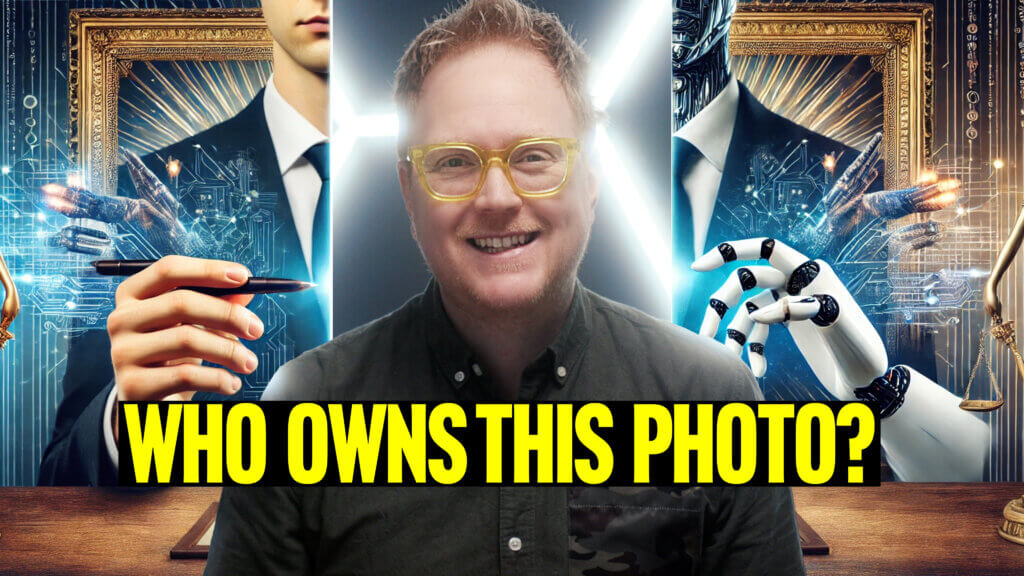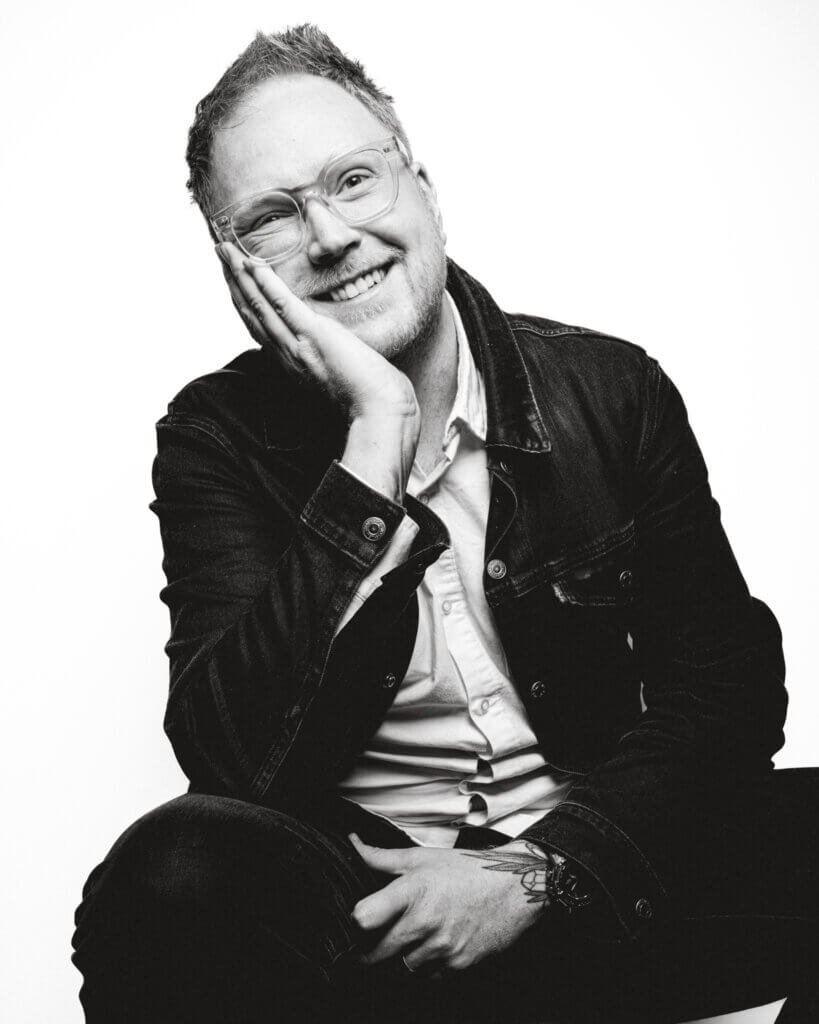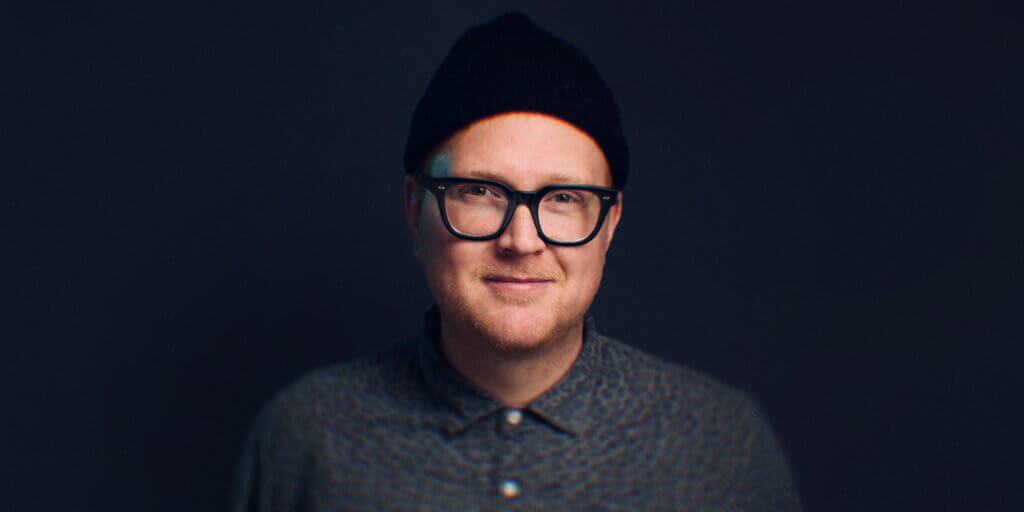Do You Own Your Face? AI Exploits People’s Identity!
Do You Own Your Face? AI exploits people’s identity, and Denmark passed a groundbreaking law this summer, granting citizens automatic copyright over their own face. It sent shockwaves through the global creative community. It wasn’t just a quirky European policy; this was a clear stand against deepfakes, synthetic media, and the exploitation of people’s identities by AI platforms.
The idea is simple: if your face is uniquely yours, you should own the rights to it.
It’s a bold move, and honestly, one Canada should be paying attention to. Because while deepfakes might sound like a celebrity problem, the truth is they’re coming for everyone. From LinkedIn avatars to dating profile pics, generative AI is now replicating faces in seconds. And we’re losing control of what “real” even means.
As a professional photographer in Vancouver, this conversation is very interesting to me. I specialize in corporate headshots and personal branding images that help professionals show up online with authenticity and confidence. So when I hear about countries fighting back against AI manipulation, I see something deeper: an opportunity.

Real Photos Can Become Proof of Truth
There’s a technical side of photography that rarely gets talked about, but it matters more than ever: EXIF data. When I take your photo in my studio, the camera embeds metadata. Shutter speed, aperture, date, time, and even the serial number of the lens used. This invisible digital fingerprint proves the image is real.
AI-generated headshots have no such fingerprint. They’re made from prompts, not photons. They’re guesses, not documents. And as deepfakes continue to blur the lines between fact and fiction, I predict that real photographs, taken by real professionals, will become the gold standard of authenticity. Just like a passport photo, your headshot could become a form of visual ID.
Imagine a future where your headshot comes with a badge of authenticity, certifying it was taken with a camera, not a prompt. Where companies, courts, or even social media platforms prioritize verified images over synthetic ones. That’s not a sci-fi fantasy. That’s where we’re headed.
And when we get there, it’s going to matter that your headshot was real.
The Possibility of Licensing Your Face by Owning Your Face
Denmark’s law goes one step further: by giving people copyright to their faces, it opens the door for individuals to license their image. Your likeness becomes a form of intellectual property. Something you can legally control, or even monetize.
That’s exciting. We’re moving into an era where everyday people, not just celebrities, might be able to profit from their image.
Know Your Rights
In Canada, under current copyright law, the photographer owns the rights to any photo they take. Not the subject nor a company that hires the photographer.
If you are an individual or a company and you want to own the full copyrights to the photographs a photographer has taken, just ask! It’s something any photographer would be happy to do. Yes, it will cost you more money, but you will have full rights to those images.
It’s called a buyout, and it’s something I offer my clients. If you want full image rights to your photos, whether for a book cover, global marketing campaign, or future licensing, I will always say yes. It’s just a matter of budget and communication. But most people don’t even realize that’s an option.
That’s why this conversation is important. The laws are changing. The tech is evolving. And the more you understand your rights and options, the better you can protect and present yourself online.
Where Do We Draw the Line Between Real and Fake?
Here’s a question I’ve been asking myself more and more lately: When does a photo stop being real?
Is it when it’s retouched? Cropped? Filtered? Is it only real if it’s straight out of the camera? If you upload a selfie to an AI headshot generator and it spits out 100 versions of “you” in a variety of professional settings, is that real?
Personally, I have a clear line I won’t cross when it comes to photoshopping images. If a blemish is temporary, a pimple, a healing scar, redness, etc., I’ll remove it. That’s part of helping you look like your best self on your best day. But if something is permanent, like a mole or birthmark, and you haven’t removed it in real life, I won’t erase it in Photoshop.
Because that’s you. That’s real.
This line matters. Especially when AI tools are offering to make your eyes bigger, your jaw sharper, your skin airbrushed to perfection. It’s easy to fall into the trap of perfectionism. It’s an issue of morality.
Another angle I have thought much about is your legacy. Family heirlooms. When I look at photos of my grandpa, I know that that was him. It was shot on film. I don’t want my kids showing my grandchildren AI-generated images of me in faux scenarios.
This may be a morbid point, but I have had many of my headshots used in funerals. The headshots I photographed were the best photos to represent the recently deceased. That is how their family and friends remembered them. Not an AI photo.
And that’s not just a creative choice. It’s a philosophical one.

Mike Thinks I’m A Phony
I’m not anti-AI. Far from it. I use AI tools every day in my business and personal life. From retouching workflows to automating admin tasks, AI saves me time and gives me more creative flexibility. It’s part of how I stay efficient as a working photographer, a dad, and a small business owner. I even use AI to plan family meals, edit YouTube scripts, and streamline client communication.
But don’t be a phony.
Using AI to create an obviously stylized version of yourself, like an anime avatar or cartoon interpretation, is fine. It’s playful. It’s creative. No one thinks it’s real, and that’s the point.
What I take issue with is when someone generates a fake “photo” of themselves and passes it off as a real headshot. That’s misleading. It’s not just dishonest, it undermines trust.
Headshots are meant to be a reflection of who you are, not a projection of who you think the world wants to see. When you use an AI version of yourself to appear slimmer, younger, or more polished than reality, especially in a professional context like LinkedIn, that crosses the line. You’re not just curating your image, you’re manufacturing a false one.
And that’s where we need to have honest conversations about what’s real, what’s ethical, and what’s simply smart branding.

YouTube Is Cracking Down on AI-Only, Low‑Effort Content
This push for authenticity isn’t limited to photos. In July 2025, YouTube updated its Partner Program monetization policies to clarify that “inauthentic” content, including mass-produced, repetitive AI-generated videos, will no longer be eligible for ad revenue. Videos and channels that rely heavily on AI narration, templates, or reused visuals without meaningful human input risk demonetization or losing eligibility altogether.
It’s a signal that authenticity matters. AI tools can still be used to enhance videos, but if there’s no clear authorial footprint, no personal narration, storyline, or creative editing, the platform treats it like spam. While I’m thrilled to use AI as a tool in my workflow, I wouldn’t dream of passing an AI‑only video or headshot off as something real.
Let me know your thoughts on owning your face and AI exploiting people’s identity. Would you like to own the copyright to your face and fight against AI exploiting people’s identity?

